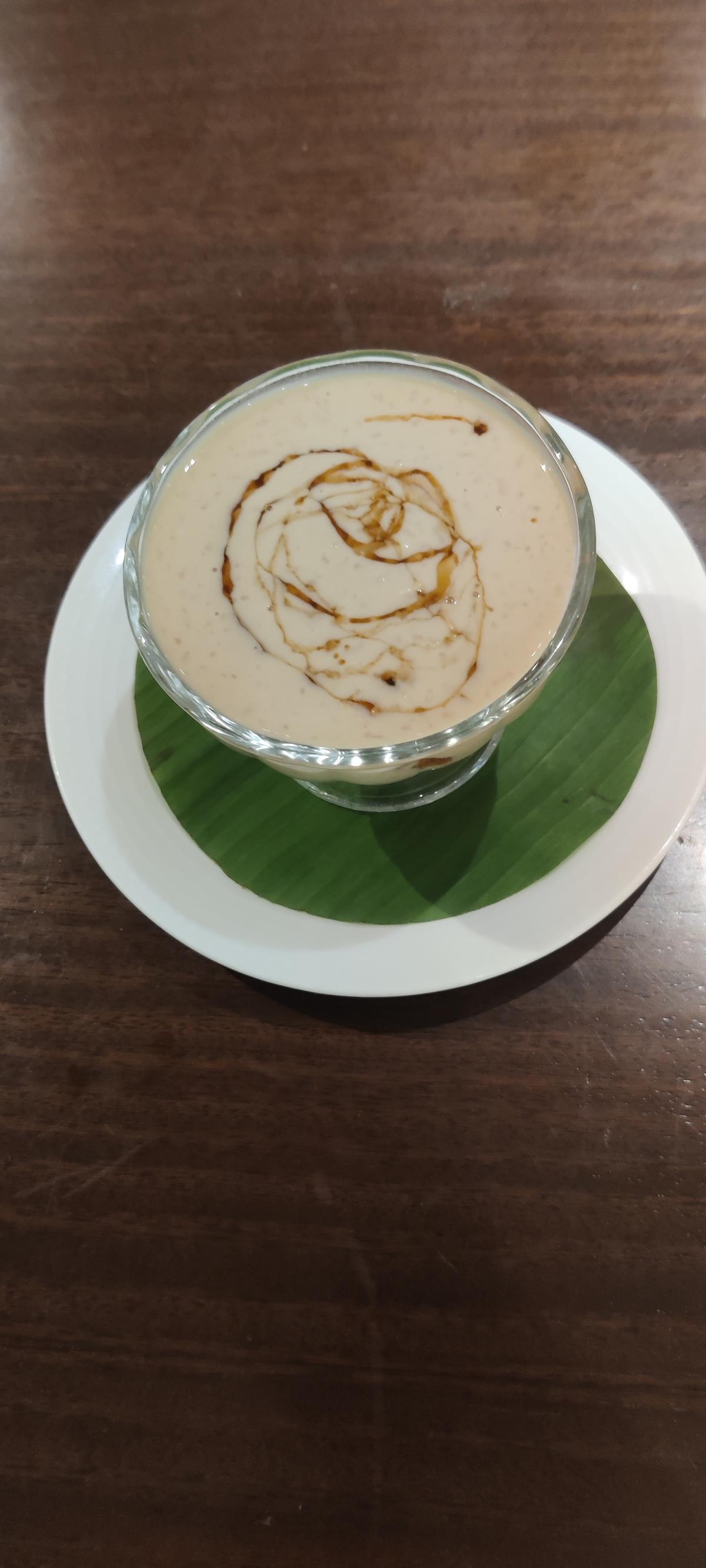
A bowl of Kerala special Ada pradhaman
| Photo Credit: Special Arrangement
April is not just about lilacs, as T S Eliot wrote. It is also about freshly harvested rice. The month, for most Indians, is a celebration of harvest festivals. And I, for one, am really happy with the food, especially the rice-based sweets which the festivals offer.
Across the country, especially in the rice-growing parts, April festivals are marked with delicious sweets prepared with various forms of rice. You’ll find them on the menu of almost all festivals, from Bihu and Vishu to Poila Boisakh and Pana Sankranti. I am particularly fond of the Bengali chaler payesh (rice kheer), one dish that my otherwise kitchen-shy mother cooked rather well. I also love Kerala’s ada pradhaman, a delightful payasam variety prepared with rice flakes cooked on low heat with coconut milk and jaggery. Cardamom gives it exquisite flavouring, says Elwin Joseph, who runs a popular Kerala restaurant called The Naadan Kitchen in Indirapuram.

A bowl of bengali payesh
| Photo Credit:
Special Arrangement
I have been having my fill of the chaler payesh at home (it’s also available at many Bengali food outlets, including Oh! Calcutta), but hope to order some other dishes from different parts of the country this festive season. Food consultant T R Arun Kumar points out that there is a wide array to choose from. Kerala has, apart from payasam and ada pradhaman, its ela ada – rice flour stuffed with coconut and jaggery, mixed with cashew nuts, raisins and cardamom, and steamed in banana leaves.
One can also have the kozhukatta, coconut-jaggery dumplings with a rice flour casing, or halwa prepared with rice flour, coconut milk and jaggery. Saravana Bhavan offers sweet Pongal, and many of the southern Indian stores have the rice-flour rose cookies of Andhra Pradesh and unniappam, a rice flour and jaggery sweet from Kerala.
But it is not just the south or the east. Nitika Kuthiala, who runs the Himachali food delivery service Pahadi Pattal, describes in mouth-watering detail a dish called lushke. I remember having eaten it during my many sojourns in the hills decades ago. It is a roti-like rice paper dish, eaten with milk and sugar. Then of course, in many parts of the north — and elsewhere, too — there is meethey or peeley chawal — rice cooked with sugar and a bit of saffron or a pinch of turmeric, tempered with nuts and raisins.
If you are planning to prepare the Bengali payesh at home, let me give you some tips. The trick, says food writer Satarupa Banerjee, the author of a series of cook books, is to not soak the rice. Instead, use a wet cloth to moisten the grains, and then mix the rice with ghee. For 1 litre of milk, use 60g of rice, 125g of sugar and one teaspoon of ghee. When the milk starts to boil, add the ghee-mixed rice to it. Let it simmer, and then, when the rice is cooked, mix in the sugar. You can add cardamom pods and raisins to enrich the payesh, she says.
Festivals come and go, but let the festivity continue! And all you need for that is a fistful of rice.
Stay connected with us on social media platform for instant update click here to join our Twitter, & Facebook
We are now on Telegram. Click here to join our channel (@TechiUpdate) and stay updated with the latest Technology headlines.
For all the latest Life Style News Click Here
For the latest news and updates, follow us on Google News.
